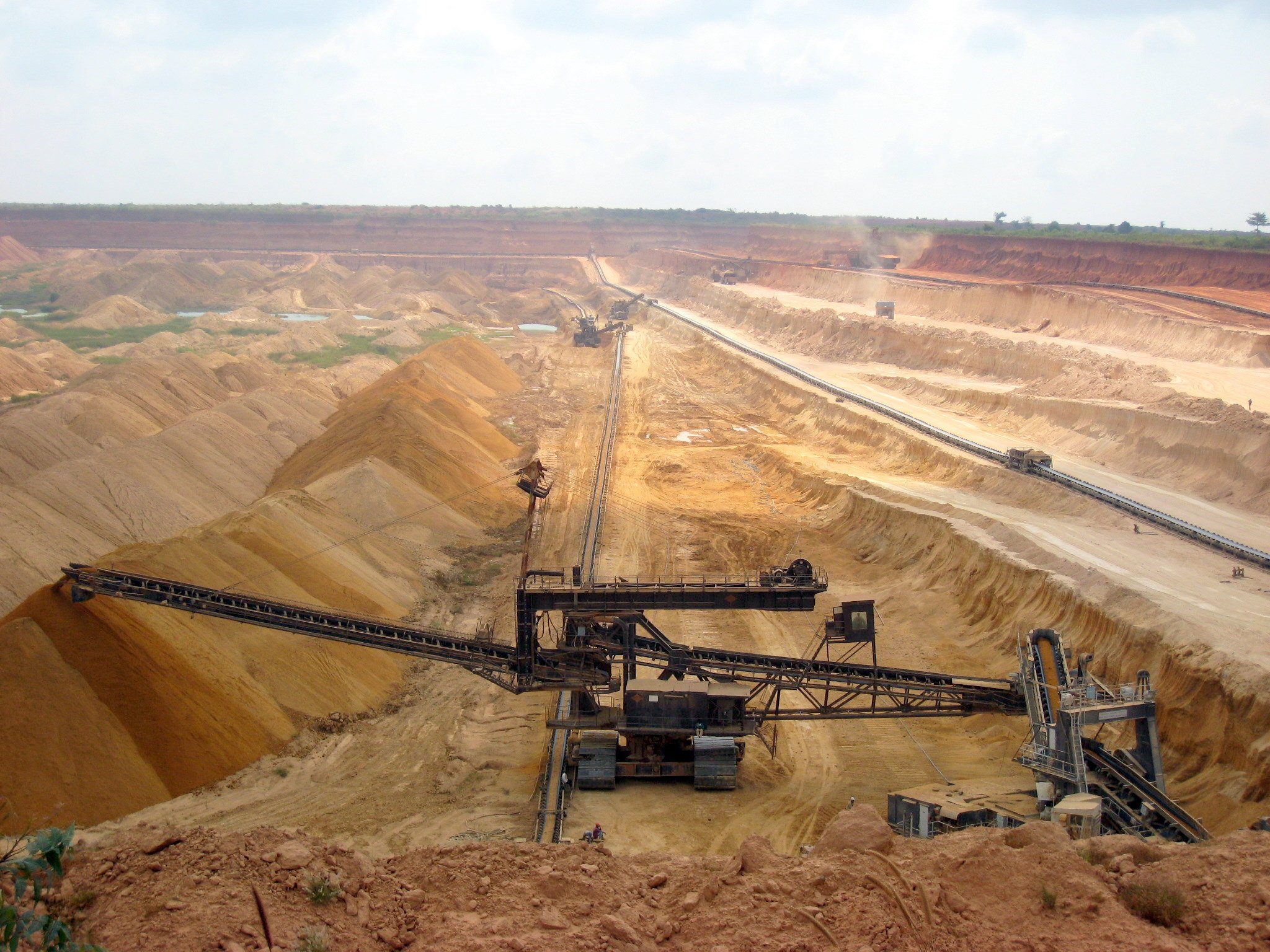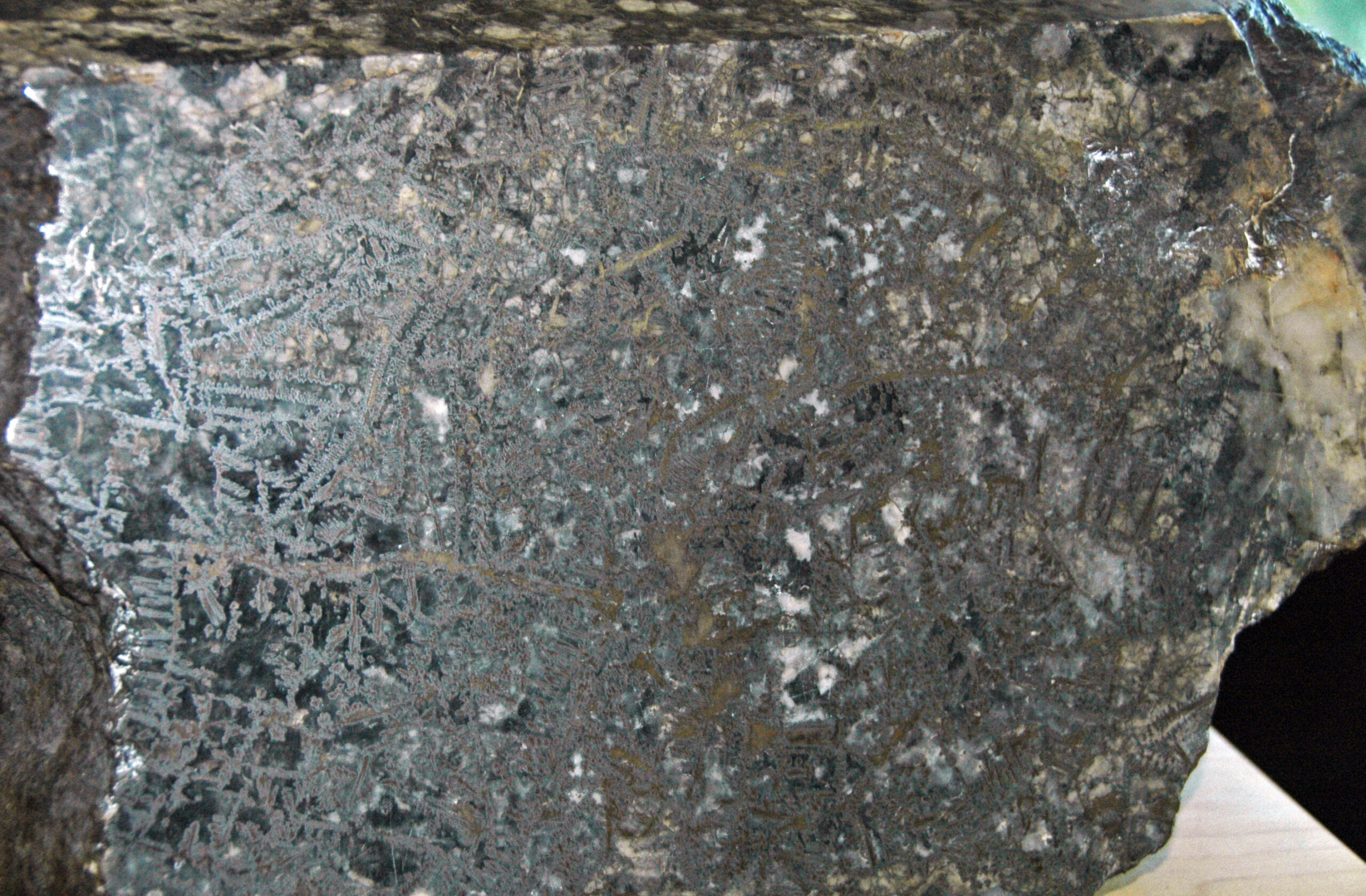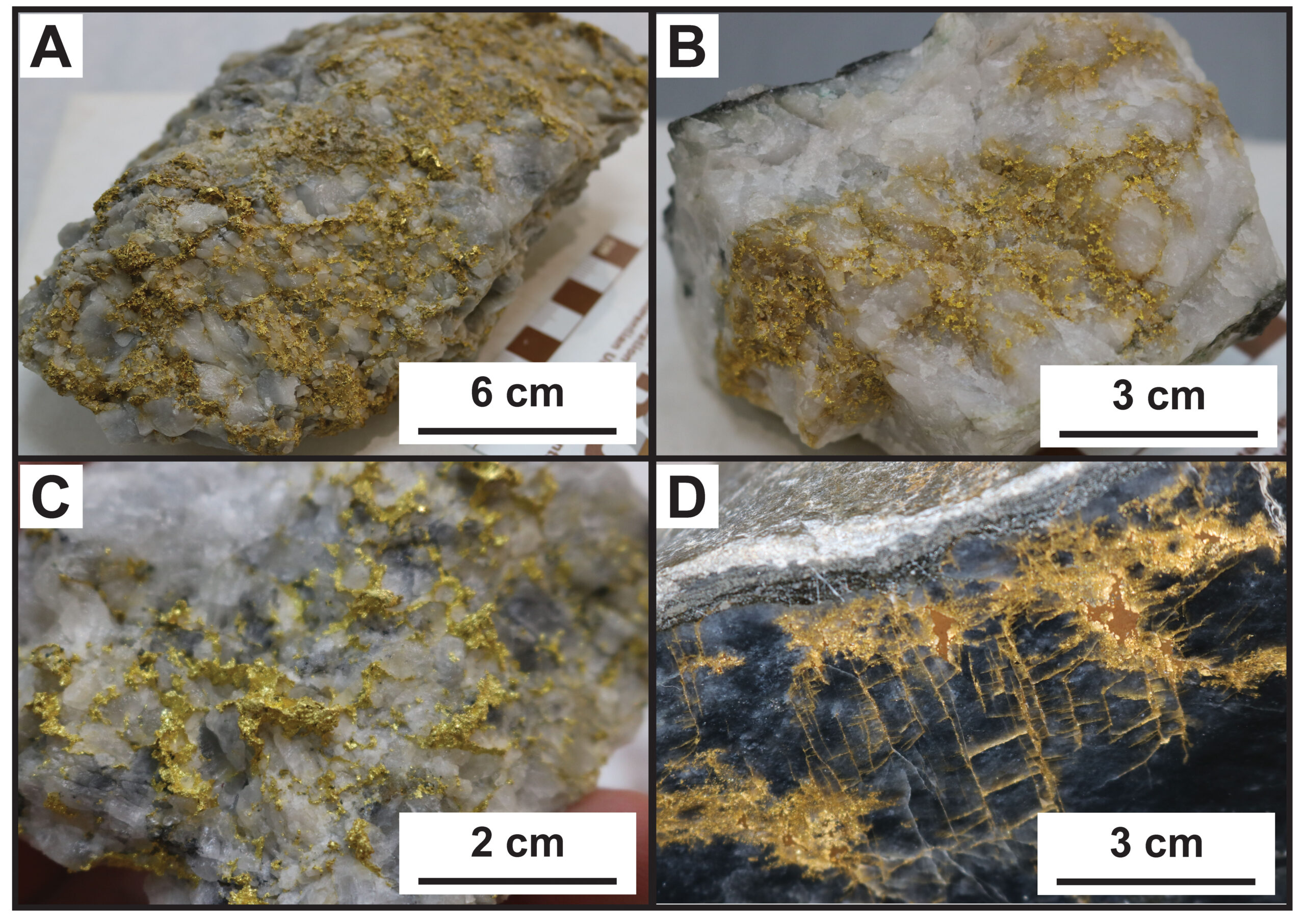The Mourne Mountains, Northern Ireland’s tallest peaks, are an area of outstanding natural beauty. Plans to turn the Mourne’s into a National Park were shelved in 2012 after some controversy over the area’s status as private property – since more than 1,000 farmers were based within the proposed park boundary. Despite the lack of official park status, the area is still a significant tourist draw for the region. With the discovery of significant quantities of rare earth elements, the area is now also part of a significant geologic puzzle.
Geologists from the Geological Survey of Northern Ireland (GSNI) first noticed the rare earth elements (REE) following a survey of river sediments and soils throughout Northern Ireland. . Geologists do not believe this discovery is currently economically viable, but the findings are scientifically significant nonetheless.
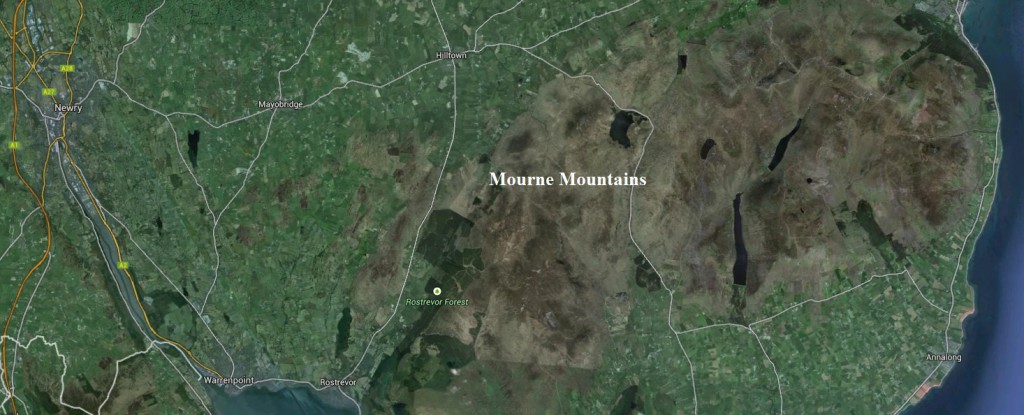
Limited exploration work was completed on Mourne in the 1970s with a focus on uranium and tin mineralization. Mourne Mountain has never been properly evaluated for REE, but there is a common association of tin and uranium with REE deposits. The Mourne Mountain Complex is a granitic intrusion with the highest radiometric values out of all the Irish intrusive rocks. Quartz veins cross-cutting the granite was identified at the intersection of fractures with values up to 0.4% tin over 30cm. Furthermore, geologists have identified extensive niobium, tantalum, and ytterbium anomalies in soils samples off Mourne Mountain. Fieldwork is now being carried out in prospective areas by geologists from the Camborne School of Mines, based at the University of Exeter. Researchers hope to shed light on how the REE-bearing minerals formed and how they might find concentrations of them.
Rare Earth Elements in High Demand
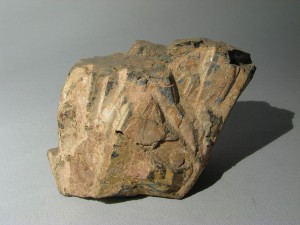
Rare earth elements (REE) are used in a variety of high tech devices including cellphones, laptops and motors. More than ninety percent of REE are mined in China and when China limited the export of REE, many industries that relied on them were forced to move to China to continue to operate. In the spring of 2014, China lost a dispute at the World Trade Organization over their limits on rare earths and metal exports. China had imposed strict REE export quotas in 2010 and claimed it was an attempt to curtail pollution and preserve resources. The global demand for REE continues to grow with the demands for smaller electronics and increased performance. The search for alternative sources is ongoing and previously uneconomic deposits may become viable in the future. Researchers hope by studying Mourne Mountain they could improve worldwide knowledge of REE’s and aid in the search for these critical metals.
Subscribe for Email Updates

